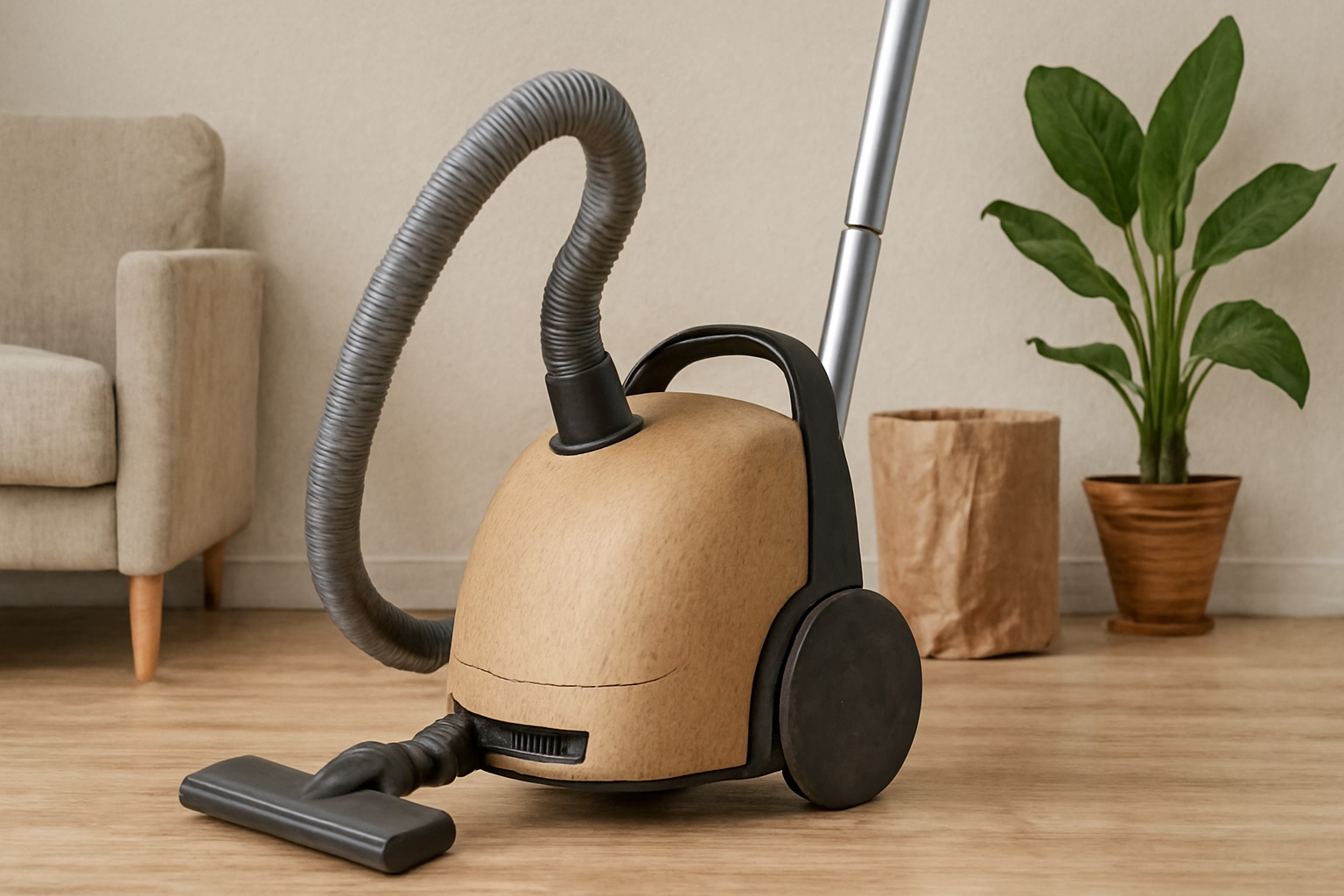
🌍 Sustainable Cleaning: How to Minimize the Use of Plastics with Your Vacuum Cleaner
🌱 Introduction
As we continue to face environmental challenges, reducing plastic waste has become a priority for many people. In the home, one area where we can make a difference is through the cleaning tools we use. Eco-friendly vacuum cleaners are at the forefront of sustainable living, offering efficient cleaning solutions while minimizing plastic usage.
In this article, we’ll explore how to choose vacuum cleaners that help reduce plastic consumption, from energy-saving efficient powerful vacuum cleaners to cordless vacuum cleaners. Let’s take a closer look at how making smarter choices in vacuum cleaner selection can help reduce plastic waste and contribute to a greener, more sustainable home.
🌿 1. Choosing Eco-Friendly Vacuum Cleaners
One of the most effective ways to minimize plastic waste with your vacuum cleaner is by choosing an eco-friendly vacuum cleaner. These models are designed with the environment in mind, using sustainable materials such as recycled plastics, biodegradable components, or metal parts.
Eco-friendly vacuum cleaners are also built to last longer, reducing the need for frequent replacements. Many models are designed with replaceable parts, such as filters and brush rolls, which can be recycled, further reducing the overall environmental impact. By selecting an eco-friendly vacuum cleaner, you contribute to reducing the amount of plastic waste that ends up in landfills and oceans.
🌍 2. Energy-Saving Efficient Powerful Vacuum Cleaners: Reduce Plastic and Energy Waste
Energy-saving efficient powerful vacuum cleaners are an excellent choice for minimizing plastic usage and conserving energy. These vacuums are built with advanced motors that deliver strong suction power while using less energy, making them both eco-friendly and cost-effective.
When selecting an energy-efficient vacuum, look for models that feature minimal plastic components and are designed to be durable, requiring fewer replacements over time. By using less plastic and less energy, these vacuums help reduce your overall environmental footprint while still providing powerful cleaning performance.
🏠 3. Upright Vacuum Cleaners: Durability Over Disposable Plastics
Upright vacuum cleaners are a popular choice for many households due to their power and performance, especially on carpets and large areas. Many modern upright vacuum cleaners are now being manufactured with more sustainable materials, such as recycled plastics and metals, reducing the reliance on single-use plastics.
When choosing an upright vacuum cleaner, look for models with durable parts and easily replaceable components. Some brands now offer upright vacuums with filters that can be washed and reused, reducing the need for disposable filters that contribute to plastic waste. Opting for a vacuum designed for longevity helps reduce the need for plastic-intensive replacements.
🔋 4. Portable Self-Cleaning Vacuum Cleaners: Less Plastic, More Efficiency
Portable self-cleaning vacuum cleaners are designed to reduce maintenance time and extend the life of the vacuum. These models often feature self-cleaning filters and brush rolls, which means fewer disposable parts are needed. This reduces plastic waste by eliminating the need to frequently replace filters, bags, or brushes.
By choosing a self-cleaning vacuum, you’re not only improving your cleaning routine but also contributing to sustainability. These vacuums are made with fewer plastic parts and offer long-lasting performance, helping reduce waste over time.
🐾 5. Vacuum Cleaner for Pet Hair: A Sustainable Solution for Pet Owners
Pet owners often struggle with the amount of pet hair that accumulates around the house. While vacuum cleaners for pet hair are essential for keeping your home clean, many traditional vacuums come with excessive plastic parts. Fortunately, newer models are being designed with sustainability in mind.
Vacuum cleaners for pet hair with reusable parts and efficient filtration systems can help reduce plastic waste. Look for models that offer washable filters or parts made from recycled materials. By investing in a durable, eco-friendly vacuum cleaner designed for pet hair, you can keep your home clean while minimizing plastic consumption.
💡 6. How to Reduce Plastic Waste in Your Vacuum Cleaner Use
Aside from choosing vacuum cleaners made with sustainable materials, there are other ways to reduce plastic waste in your cleaning routine. For example:
-
Opt for reusable bags or containers: If your vacuum requires bags, choose models that allow for reusable cloth bags rather than disposable plastic ones.
-
Maintain your vacuum: Regular maintenance of your vacuum cleaner, such as cleaning filters and emptying dust containers, can extend its life and reduce the need for plastic replacements.
-
Recycle old vacuums: When it’s time to replace your vacuum, consider recycling the old model or parts at local recycling centers to reduce plastic waste.
By following these tips, you can minimize the amount of plastic you use while cleaning your home, contributing to a more sustainable lifestyle.
🌟 Conclusion
Making the switch to eco-friendly vacuum cleaners is a simple yet impactful way to reduce plastic consumption in your home. Whether you choose an energy-saving efficient powerful vacuum cleaner, a cordless vacuum cleaner, or a vacuum cleaner for pet hair, there are many options available that help minimize plastic waste while maintaining a clean, healthy home.
By selecting vacuums made from sustainable materials, maintaining your cleaning tools properly, and recycling old models, you can significantly reduce your household’s plastic footprint. Start today by making smarter choices in your cleaning routine and contribute to a greener, more sustainable future.
Hashtags:
EcoFriendlyVacuumCleaners, EnergySavingEfficientPowerfulVacuumCleaner, UprightVacuumCleaners, PortableSelfCleaningVacuumCleaner, CordlessVacuumCleaner, VacuumCleanerForPetHair, SustainableCleaning, GreenLiving, EcoConsciousHome, PlasticWasteReduction, HealthyHome, EfficientVacuumTechnology, SmartVacuumTech, Lanxstar